Fastest Internet Download Speeds in CT? Killingworth, Storrs & Stonington Lead 26 Towns in Top U.S. 1,000
/
Killingworth is the Connecticut town that has the fastest internet download speed. It is one of 26 towns and cities in the state to rank among the top 1,000 communities with the fastest internet speeds in America, according to recently compiled data. The only other Connecticut towns to rank among the top three hundred nationwide were Storrs, Stonington, East Haddam, and Weston. Of the state’s cities, only Stamford and Norwalk reached the top thousand fastest download speeds nationwide.
Recent data reflects that although the national average speed is 18.2 Mbps, the highs and lows – or have’s and have-nots – are quite apparent by region, with the Northeast, especially the I-95 corridor, fairing quite well. 
Data from over 5,600 cities and towns represented in Ookla's Net Index, illustrated by Congressional district, shows relative download speeds across the contiguous U.S., from January through July 2013. (Blue means a faster download speed; red means a slower download speed, on the map.) The disparities are clearly evident between different regions of the country.
The fastest internet speed in Connecticut is in Killingworth, at 30.28, ranking #179 among cities and towns across the country. Close behind is Storrs (Mansfield) at 30.20, ranking #181. Rounding out Connecticut’s top 10 communities with the fastest internet download speeds are Stonington (29.09, #262), East Haddam (29.00, #269), Weston (29.88, #280), Westport (27.36, #454), Greenwich (26.14, #630), and Bloomf ield (25.99, #655), Mansfield (25.99, #656) and Guilford (25.92, #664).
ield (25.99, #655), Mansfield (25.99, #656) and Guilford (25.92, #664).
Seventeen of the top 25 towns are in New York or New Jersey The fastest single location, with an average download speed of 85.5 Mbps belongs to Ephrata, Wash., a small town of 7,000 that happens to be home to its own fiber optics provider. Kansas City, Kan., where Google developed a fiber optic network, comes in second, clocking in at 49.9 Mbps. The worst speeds can be found in Northeastern Arizona, where Chinle and Fort Defiance both clock in at less than 1.5 Mbps, according to Gizmodo, which published a report on the data.
The next ten fastest communities include the only cities to earn a spot on the top 1,000, Stamford and Norwalk. Connecticut’s second ten are: New Canaan (25.88, #672), Redding (25.79, #691), Tolland (25.40, #734), Canton (25.36, #743), Orange (25.00, #786), Avon (24.62, #834), Torrington (24.58, #837), Darien (24.57, #839), Stamford (24.51, #851), and Norwalk (24.49, #854).
Six additional towns were among the top 1,000 nationally. They are: Woodstock (24.43, #865), Fairfield (24.43, #866), Mystic (24.34, #879), Milford (24.25, #894), Woodbury (24.21, #900), and Hebron (23.93, #950). All are well above the national average.
Ookla's data are primarily coming from the site Speedtest.net. For a complete list of cities and towns by speed click here. The metropolitan Northeast, Florida, and most of Arizona come in pretty strong.
Reaching the next five hundred (between 1,000 and 1,500) from Connecticut were Winsted, Coventry, Bridgeport, Monroe, Groton, Southbury, Pawcatuck, Litchfield, Woodbridge, Watertown, Danbury, Brookfield, Newtown, Shelton, Stratford, Deep River and Gales Ferry, at number 1,477. There were 43 Connecticut towns and cities among the top 1,500 nationwide.


 The state agency received a total of 6,008 written complaints in 2013, while the number of phoned-in complaints and questions numbered in the tens of thousands. The areas included in the ten leading causes of consumer complaints accounted for nearly 60 percent of the written complaints during the year.
The state agency received a total of 6,008 written complaints in 2013, while the number of phoned-in complaints and questions numbered in the tens of thousands. The areas included in the ten leading causes of consumer complaints accounted for nearly 60 percent of the written complaints during the year.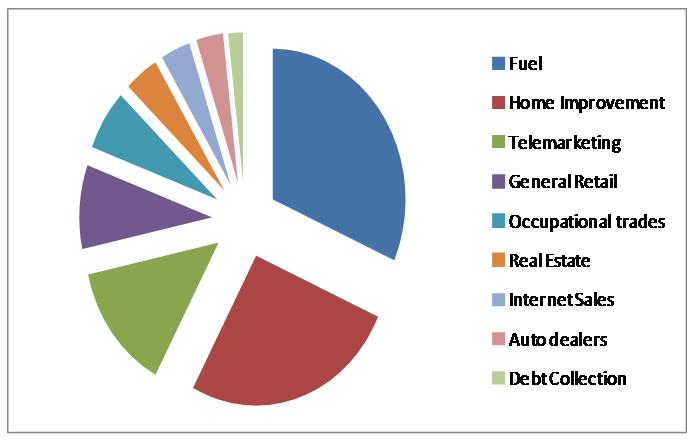
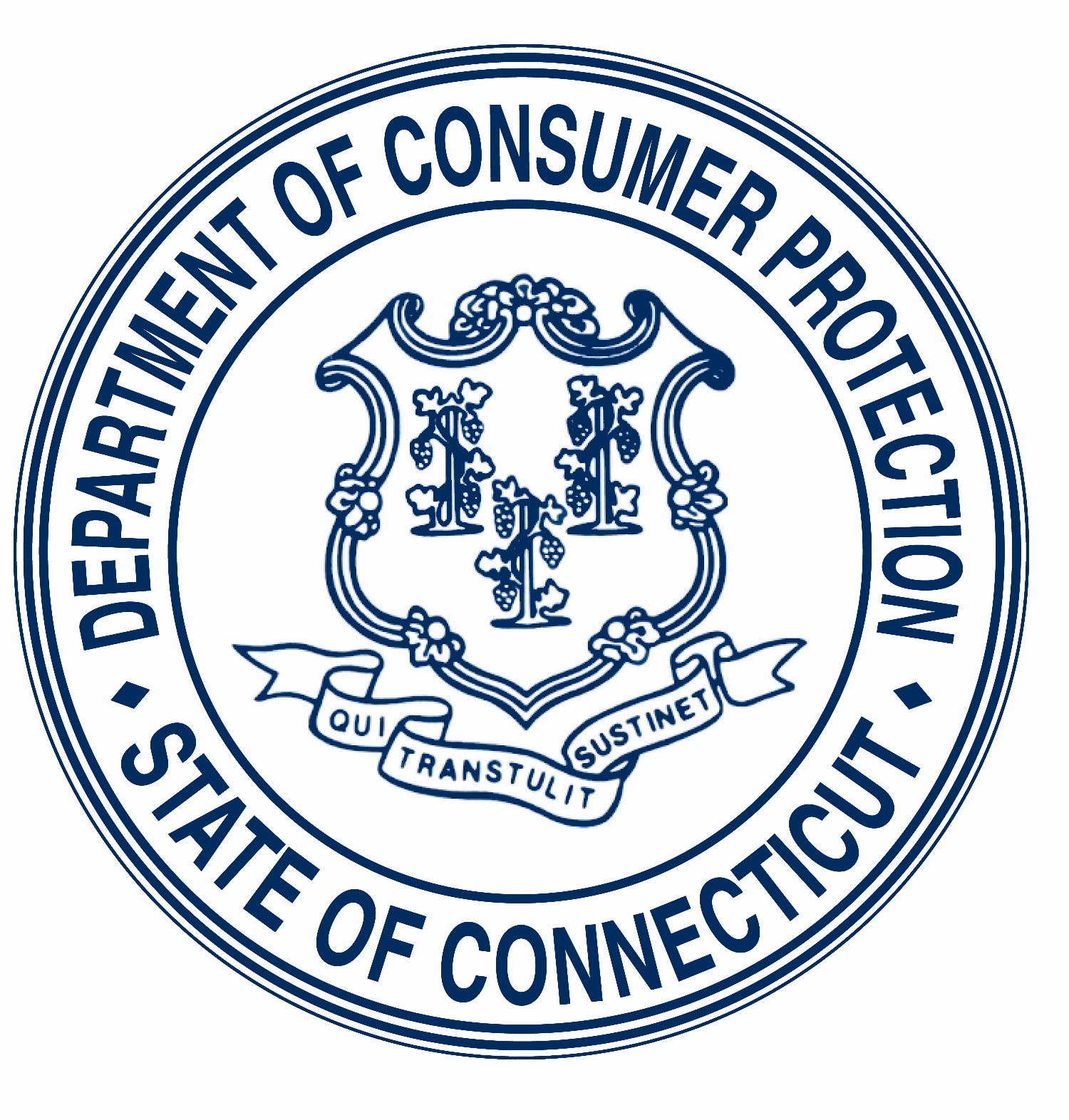
 presentations focused on innovative techniques and new technology for teaching Spanish, Chinese, French, and Italian in the classroom.
presentations focused on innovative techniques and new technology for teaching Spanish, Chinese, French, and Italian in the classroom.


 elphia, and will meet next month in Houston.
elphia, and will meet next month in Houston.

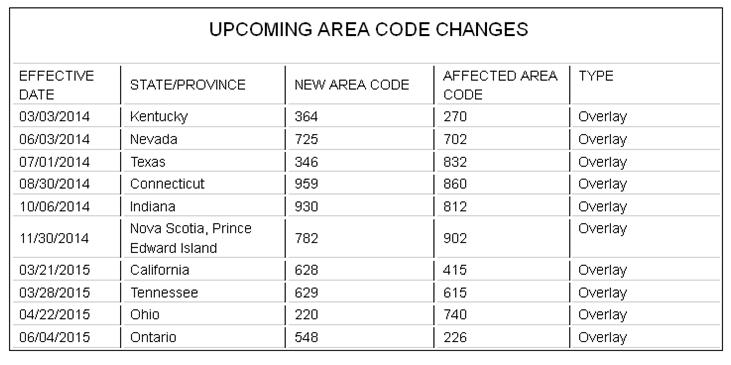
 end of 2014, an additional nine states may be above the federal minimum, marking the first time minimum pay in most states will be above the federal level, according to the National Employment Law Project, as reported by
end of 2014, an additional nine states may be above the federal minimum, marking the first time minimum pay in most states will be above the federal level, according to the National Employment Law Project, as reported by  o the current $7.25/hour, the federal minimum has lost about 5.8% of its purchasing power to inflation, Pew points out.
o the current $7.25/hour, the federal minimum has lost about 5.8% of its purchasing power to inflation, Pew points out.
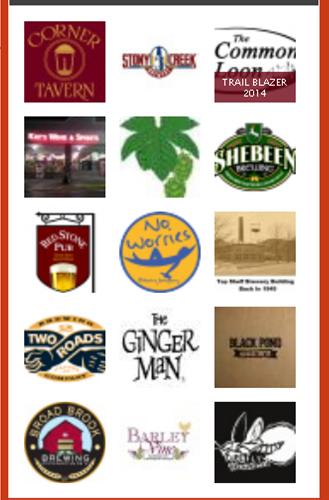 rom the Beer Institute and the Alcohol and Tobacco tax and Trade Bureau. There were 3,699 permitted breweries in the United States last year, about 34 percent more than the previous year.
rom the Beer Institute and the Alcohol and Tobacco tax and Trade Bureau. There were 3,699 permitted breweries in the United States last year, about 34 percent more than the previous year. he comparative survey, permitted breweries refer to manufacturers that have completed the appropriate paperwork and obtained the necessary permits to operate, though they may not be fully operational yet, according to Bloomberg.com .
he comparative survey, permitted breweries refer to manufacturers that have completed the appropriate paperwork and obtained the necessary permits to operate, though they may not be fully operational yet, according to Bloomberg.com .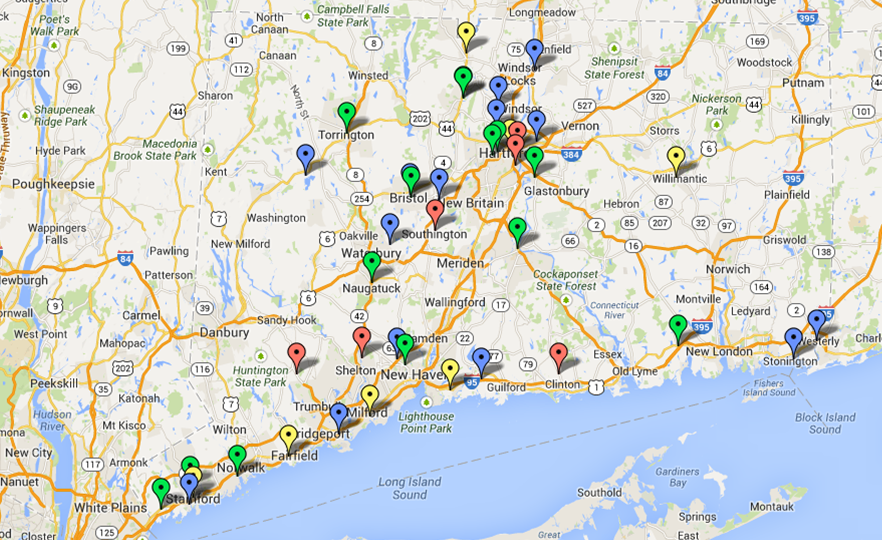
 an estimated
an estimated  as new spending from tax revenues. The other study says that tobacco taxes offer a how-to road map for policy makers.
as new spending from tax revenues. The other study says that tobacco taxes offer a how-to road map for policy makers. ished this month, researchers ran a simulation of the impact of 20-percent soda tax in Illinois and California—selected for regional differences—and found slight employment increases would occur, but the net effect would be close to nothing. They found that people choose to spend their money on other things, not to forego spending entirely, and that employment gains in other sectors of the economy far outweigh the job losses for soda makers, National Journal reported.
ished this month, researchers ran a simulation of the impact of 20-percent soda tax in Illinois and California—selected for regional differences—and found slight employment increases would occur, but the net effect would be close to nothing. They found that people choose to spend their money on other things, not to forego spending entirely, and that employment gains in other sectors of the economy far outweigh the job losses for soda makers, National Journal reported.

 luding plug-in hybrids – and the other will go to the dealer who sells or leases the most EVs as a percentage of total sales during the period.
luding plug-in hybrids – and the other will go to the dealer who sells or leases the most EVs as a percentage of total sales during the period. al Protection provides an
al Protection provides an 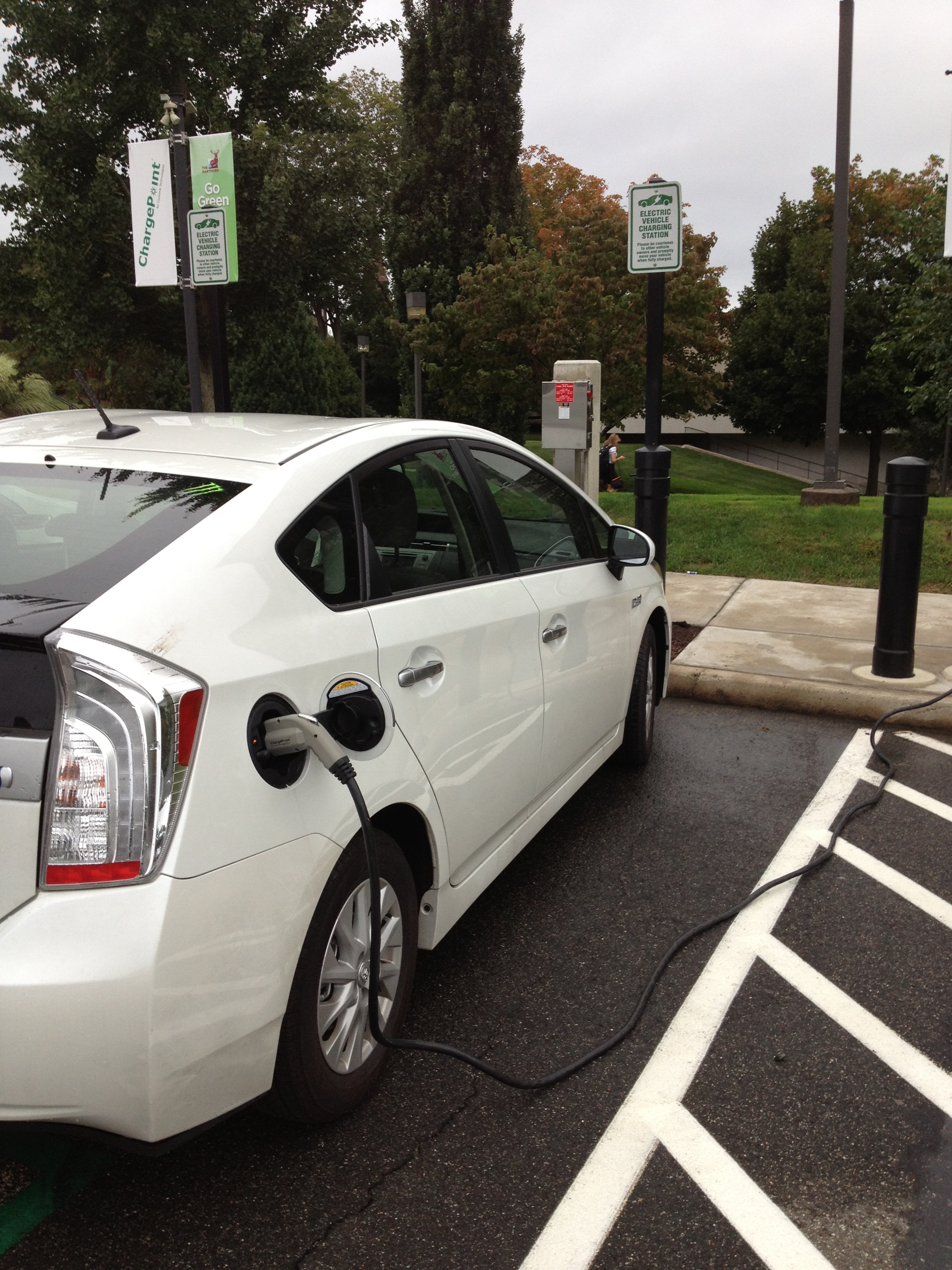
 st Century? Join the
st Century? Join the  ker series focused on the first-hand perspectives of leaders making a mark in business and the community. The next event at
ker series focused on the first-hand perspectives of leaders making a mark in business and the community. The next event at  hrive? The Lyceum, Hartford
hrive? The Lyceum, Hartford 7 - An Honest Look at Mental Illness, Connecticut Forum, The Bushnell
7 - An Honest Look at Mental Illness, Connecticut Forum, The Bushnell ity to learn about the benefits of collaboration which save money and leverage the purchases and agreements for towns. The event will highlight people that are already implementing positive changes. Panel discussions, workshops and Q&A with key leaders and a panel of experts.
ity to learn about the benefits of collaboration which save money and leverage the purchases and agreements for towns. The event will highlight people that are already implementing positive changes. Panel discussions, workshops and Q&A with key leaders and a panel of experts.


























